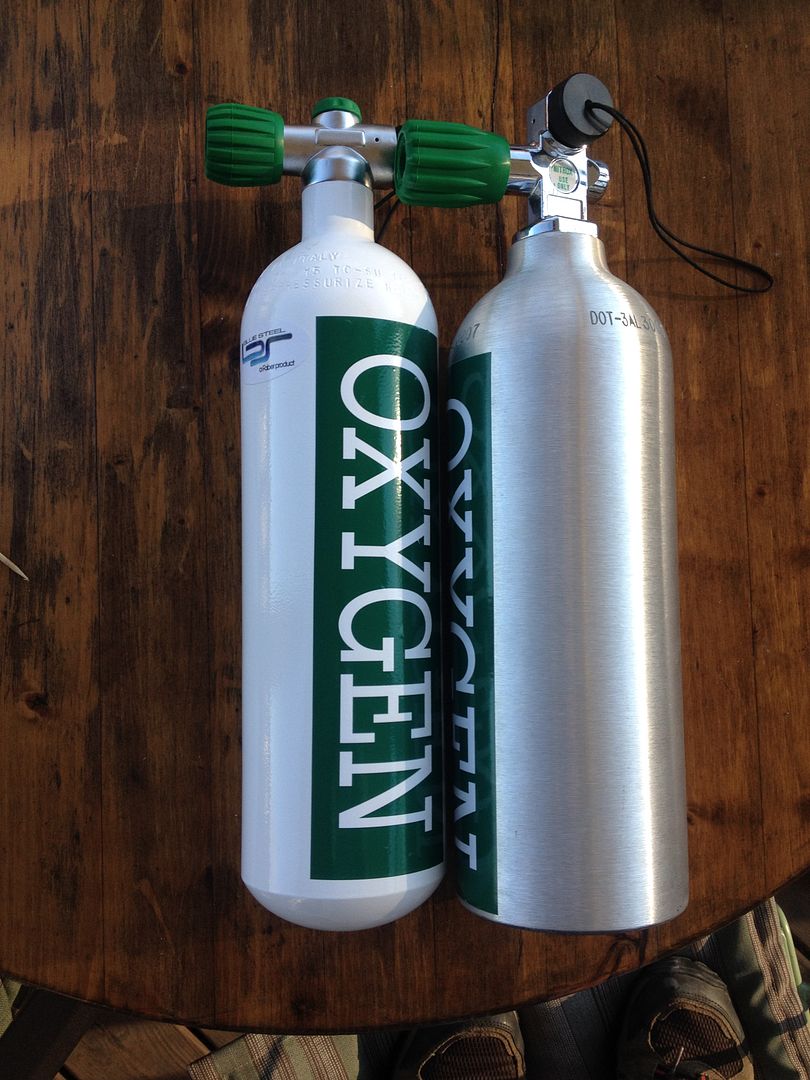- Messages
- 19,753
- Reaction score
- 18,603
- Location
- Philadelphia and Boynton Beach
- # of dives
- 1000 - 2499
A 19 is more than adequate for me and I find it much easier to pack. If there was a 13 that was similar in length but smaller diameter I would go to that. But the typical 13 is a fat little thing and simply does not sling well. Therefore I find the 19 perfect for my uses. N
+1, a 19 gives me a minute at depth, normal ascent, normal safety stop, at twice my normal SRMV. Of course, Nemrod is one of the few with a lower SMRV than mine
I agree with Dumpster, a 6 would not easily get me straight to the surface from 130 without hurrying a bit . I don't think some people make the calculations. Of course, getting to the surface is a good thing, you could have a double Spare Air







